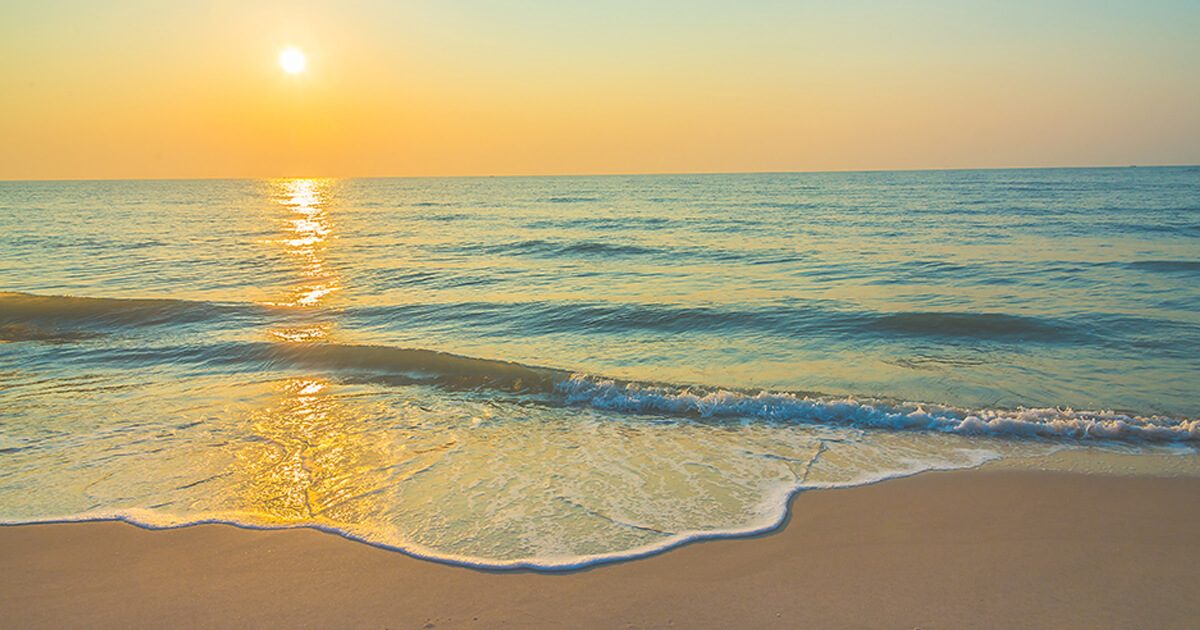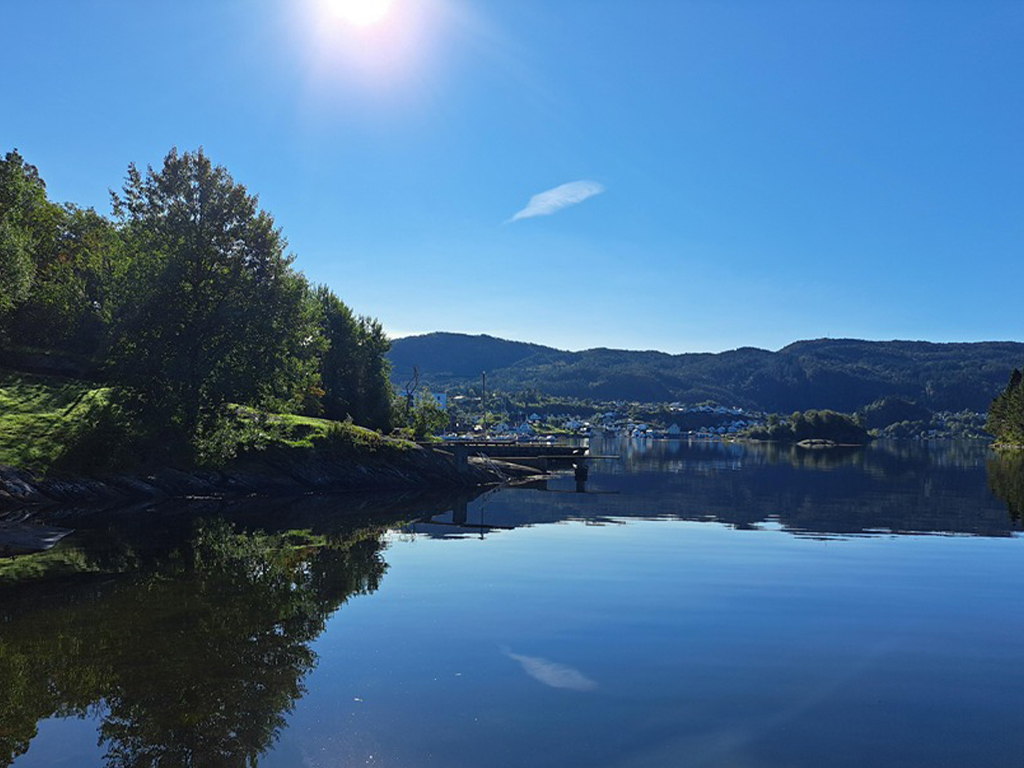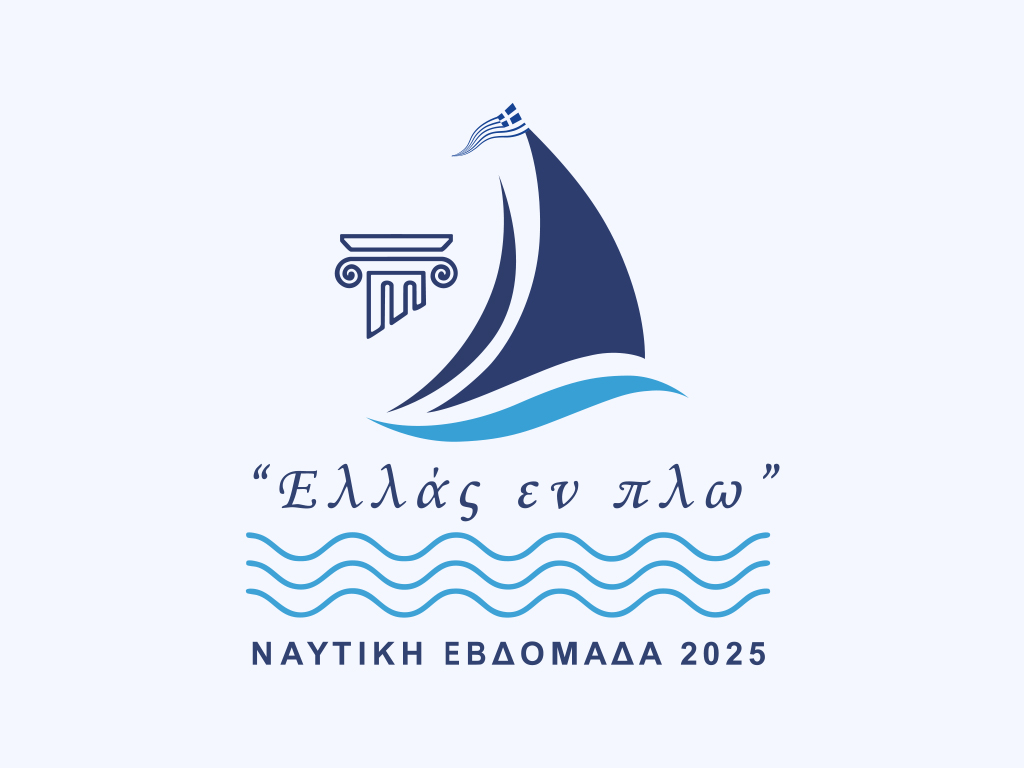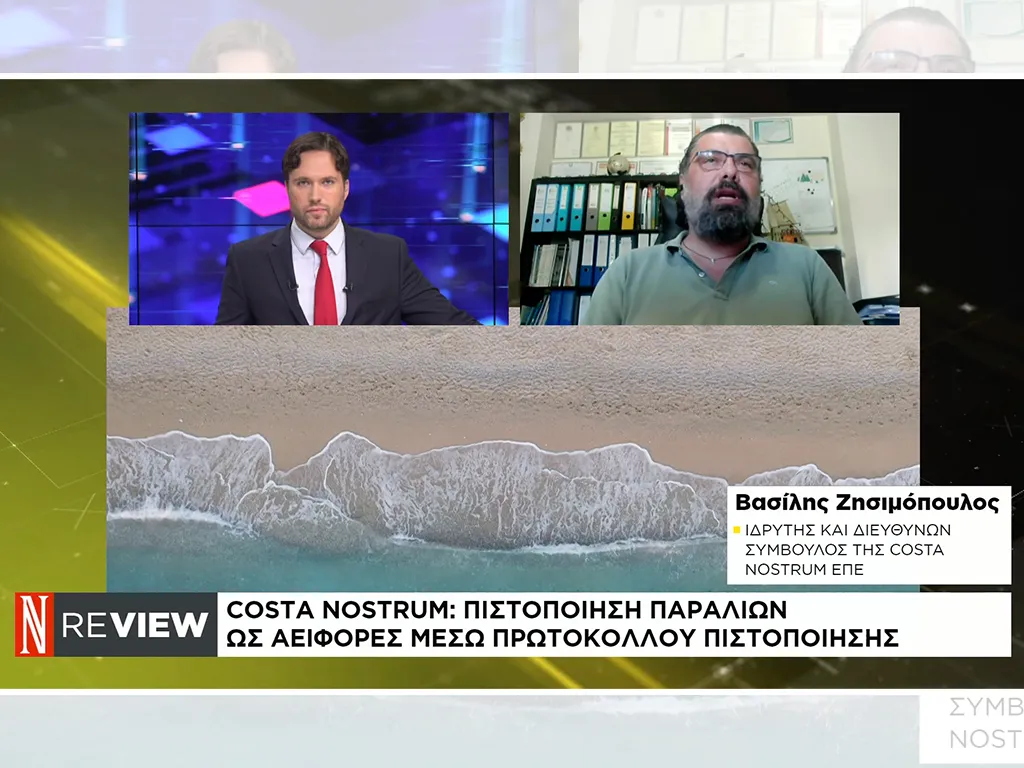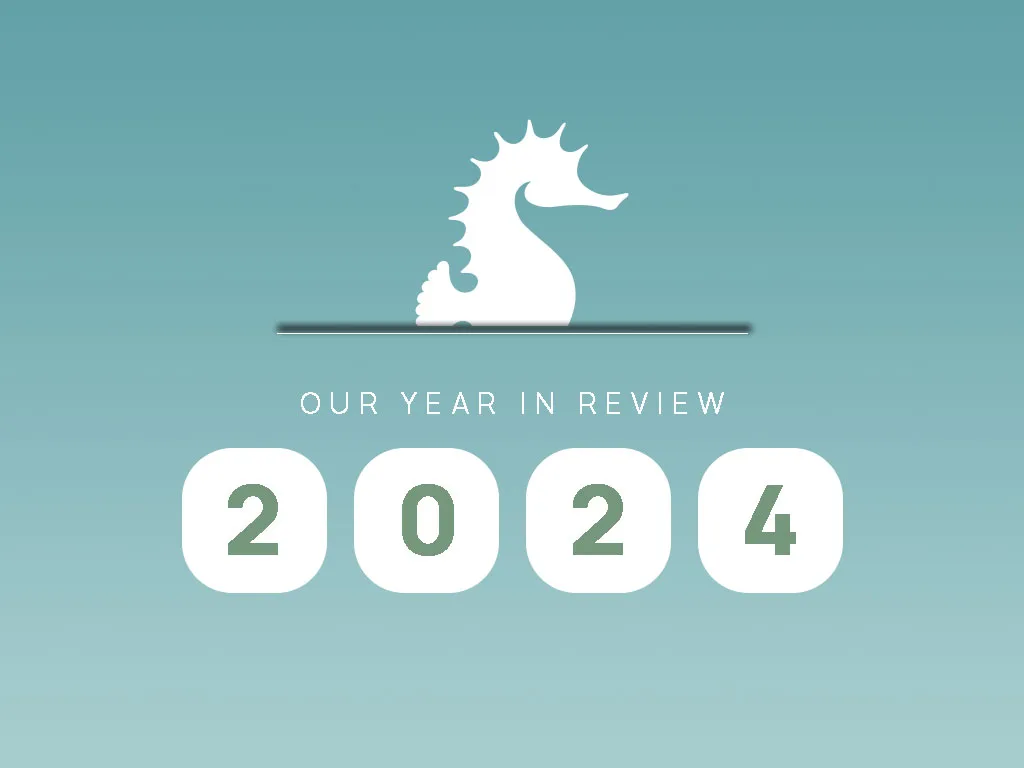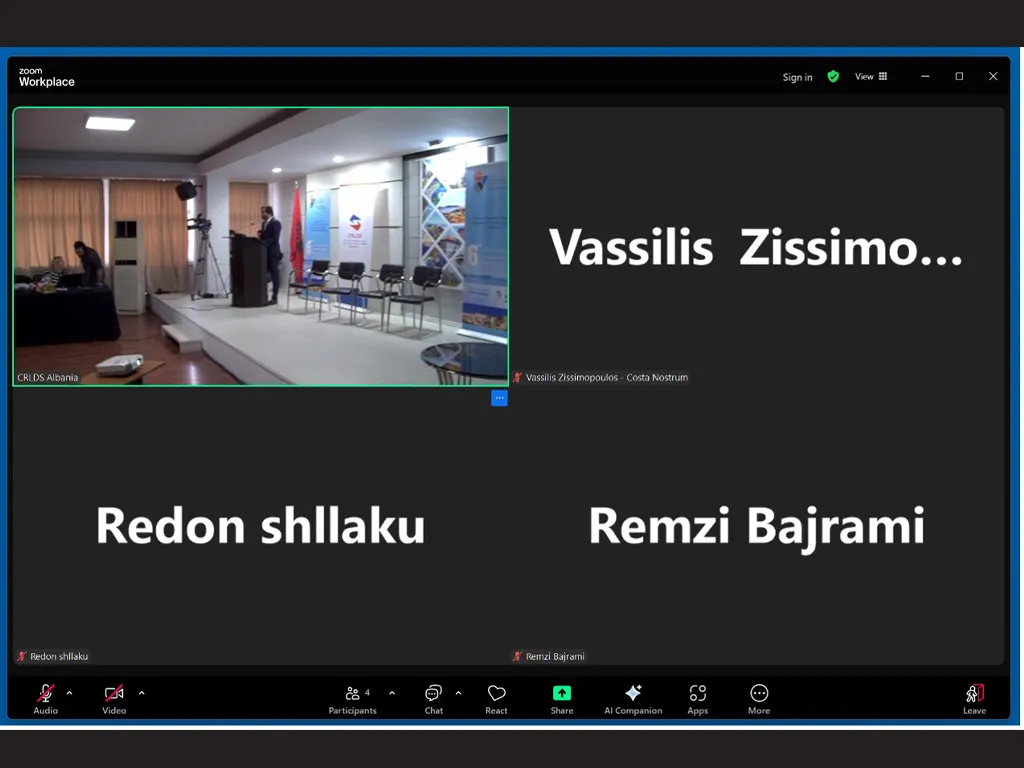The management of beaches in Sardinia
As the relevant article states (please read here), visitors to Sardinia’s beaches are obliged, if they want to lie on the beaches, to put a mat under their towel, as the mat traps fewer grains of sand. Otherwise, there is a rather steep fine of around €100. Since 2017, there is relevant legislation in Sardinia that prohibits taking sand from the island’s beaches and the penalties can be from €500 to €3000, depending on the amount of sand found in the would-be offender’s possession.
Additionally, the pollution of the beaches of the 2nd largest island of the Mediterranean also carries a fine, amounting to €160.
The relevant article also mentions that most Sardinian beaches have a maximum daily number of visitors per day, depending on the size of each beach. Once the maximum number of visitors is reached, the beach closes and cannot accept new visitors. In the case of one beach, the maximum stay time is only 2 hours, while in another case, a certain beach has been closed to visitors since the mid-1990s and can only be admired from afar, on boats. A similar case in the Region of Crete has brought about a number of protests, from organizations, collectives, individual citizens, experts, and non-experts. Do we really know better than our friends who live in Sardinia?
In Sardinia again, in several cases for your visit to a beach, you will have to pay a ticket, which is only issued electronically through a relevant platform. So, by using the technology that exists and taking into account the carrying capacity of each beach – that is, the maximum allowed daily number of visitors that the beach can receive – so that its natural ecosystem is not disturbed, they protect their natural environment, but and at the same time they ensure that the experience of each visitor on the beaches will be guaranteed and will not be affected by the crowds.
The result of all these actions – measures? At a certain popular beach, the beach is fully “booked” for the next two months of July and August. Let’s just think about the added value this gives!
A personal view from a visit to Sardinia
And a personal statement. During our visit to Sardinia, 2-3 years ago, as guests of an international organization, three things made a tremendous impression on us. The incredible cleanliness, not only inside the cities but also on the roads that connect one city to another, the excellent service provision, and the excellent connection of the local gastronomy with the tourist product (but that is another article).
But let’s get back to our original “thought”… So, should we start counting the grains of sand on the beaches? The answer is unfortunately not an absolute yes or no. The answer depends on the physical condition of each beach.
Sustainable beach management, necessity or luxury?
But what is certain and almost imperative is that sustainable management of all beaches should be implemented immediately, regardless of the number of visitors they receive each year. And this is a necessity and not a luxury.
In popular beaches or beaches located within protected areas, the need for their sustainable management is even more imperative and should have started “yesterday”. Without much thought, each of us can think of at least 2-3 beaches, where their sustainable management is extremely necessary, but unfortunately, nothing has been done to date, causing particularly negative effects for the environment, but also for the tourist product.
But what does sustainable beach management mean?
This specific topic requires tens of pages to be analyzed and most importantly, it requires the study of each beach separately, in order to examine its unique characteristics.
But there are some basic rules – measures that can be applied to all beaches and ensure the sustainable management and development of each beach.
- First of all, protection of the flora and fauna of each beach and especially the endemic species, with their simultaneous promotion.
- Sustainable management of the waste “produced” within the coastal zone. Annually, the Mediterranean receives 17,600 tons of plastic, of which 84% ends up on the beaches and 16% in the water. Related article here.
- To immediately stop the annual cleaning of the beaches with large motorized tools. Unfortunately, they cause irreparable damage to the beaches and contribute to the phenomenon of erosion. About 28% of the European coastal line is at risk from erosion.
- Informing all beach managers that the dead stems of Poseidonia Oceanica which are washed up on the Mediterranean shores are not “garbage”, but actually are protecting the beaches from the phenomenon of erosion. Related article here.
- Each beach manager (private or public) should always take into account the maximum number of visitors – beach carrying capacity – that can be present on their beach, so as not to disturb the natural balance of the coastal area.
- The Greek legislation does not allow the establishment of a ticket for entering the beaches of the Greek territory (we are in favor of free access to all beaches, without a ticket), but nevertheless there can very easily be an electronic reservation system for the sunbeds of each beach. Thus, the services provided will be upgraded vertically, but also the number of visitors per beach will be directly measurable, therefore controlled. Of course, there will be provision for an extra number of visitors who will sit on their own mats – towels, without renting a sunbed.
- Compilation of an integrated unique plan for the sustainable development and management of each beach. Each beach has its own unique characteristics and it is extremely dangerous, the measures that we are implementing at one beach, the same measures to be implemented at the next beach, without bearing in mind the unique characteristics of the specific beach.
- Awarding and certification of the degree of sustainability of each beach. Every potential beach visitor should know what every beach manager is doing in this direction and of course, successful efforts should be rewarded accordingly.
- Informing and raising awareness of the general public about the unique characteristics of a particularly sensitive ecosystem, the coastal zone.
The next day’s question
In conclusion, we should admit that as “strange” as the specific measures adopted by the Sardinian authorities may sound, they are in the right direction, both for the protection of the environment and for the upgrading of their tourist product.
The question that clearly arises is whether there is mainly, the political will, to introduce similar measures in another very popular tourist destination in the Mediterranean, Greece, in order to protect our natural wealth, our beaches or finally, after a few years will reach the particularly negative point of literally “counting” the grains of sand on our beaches.


